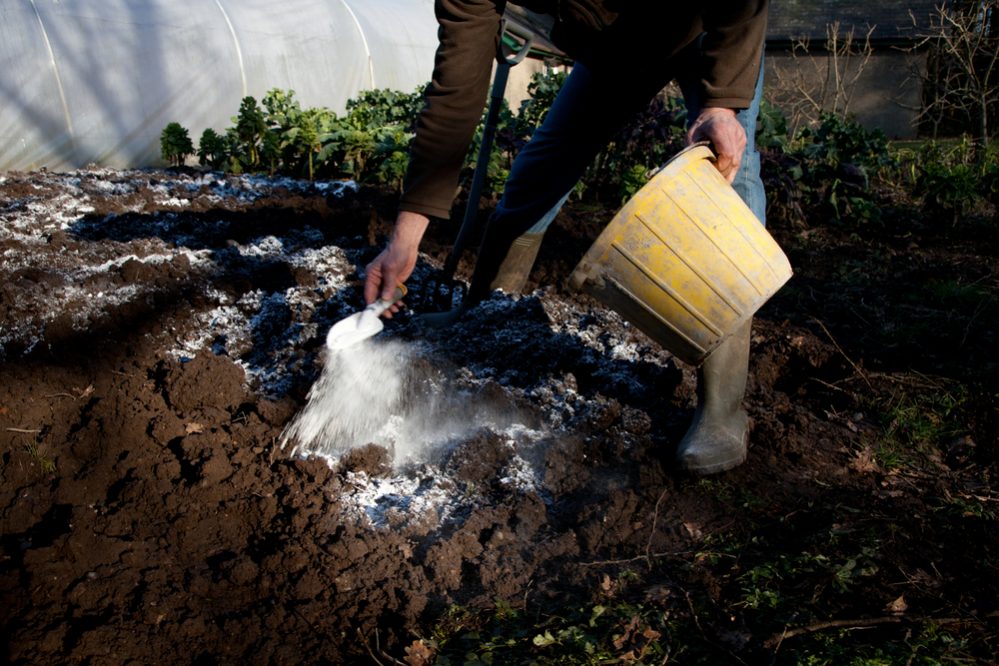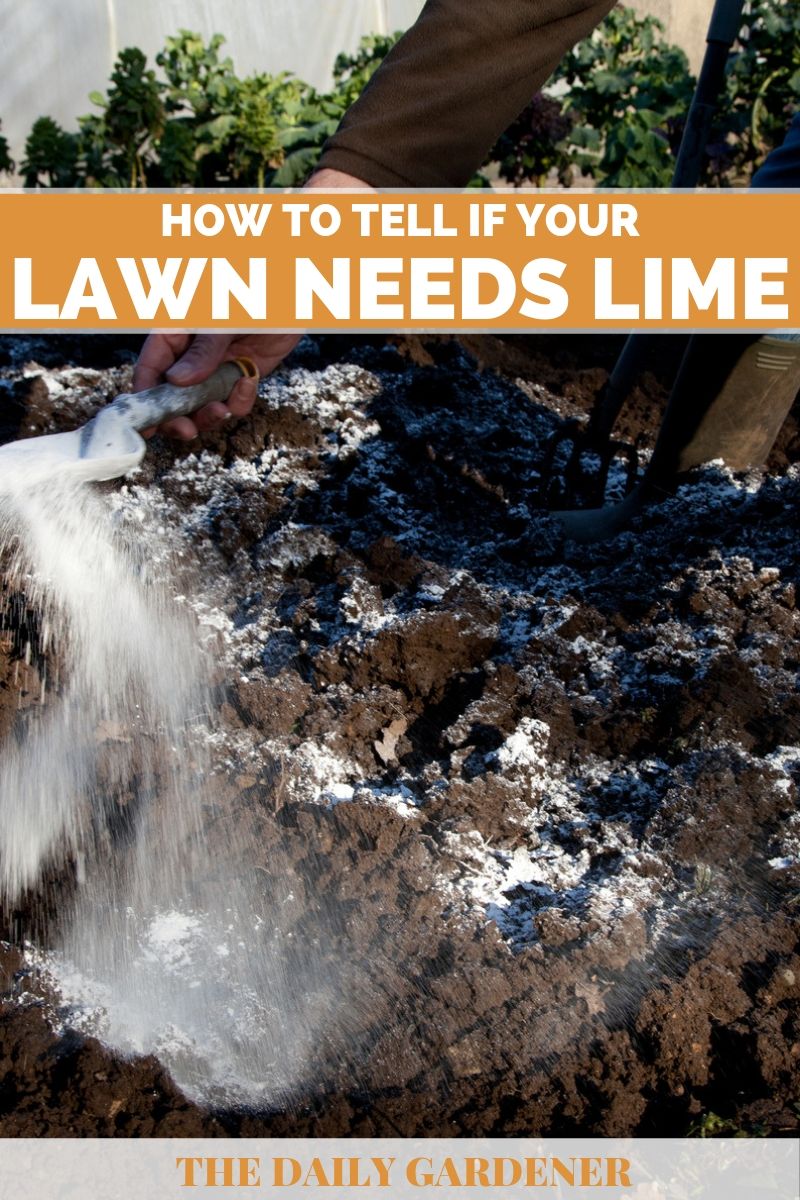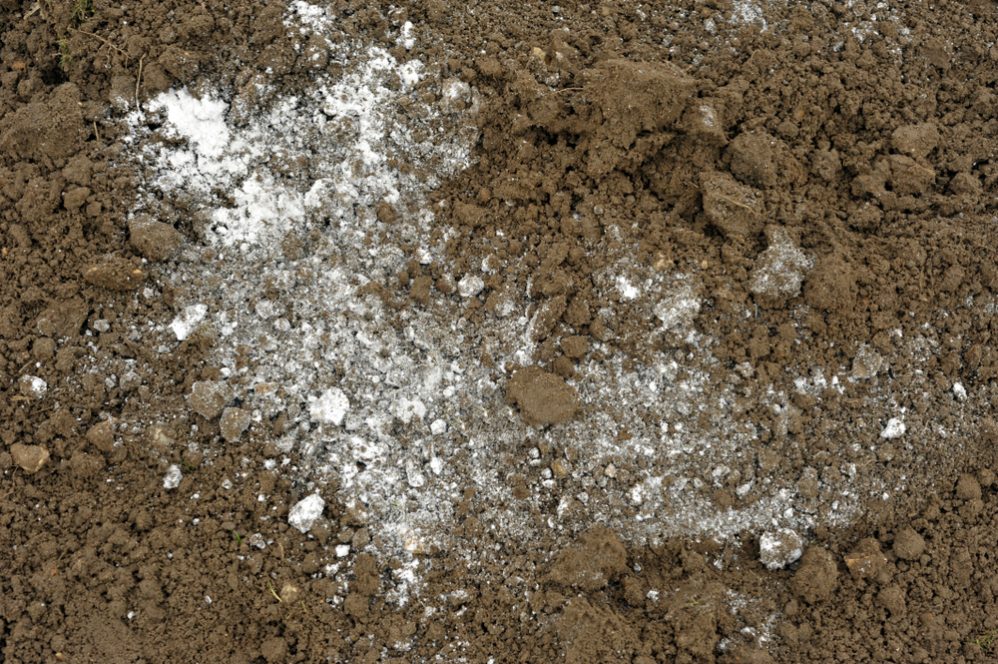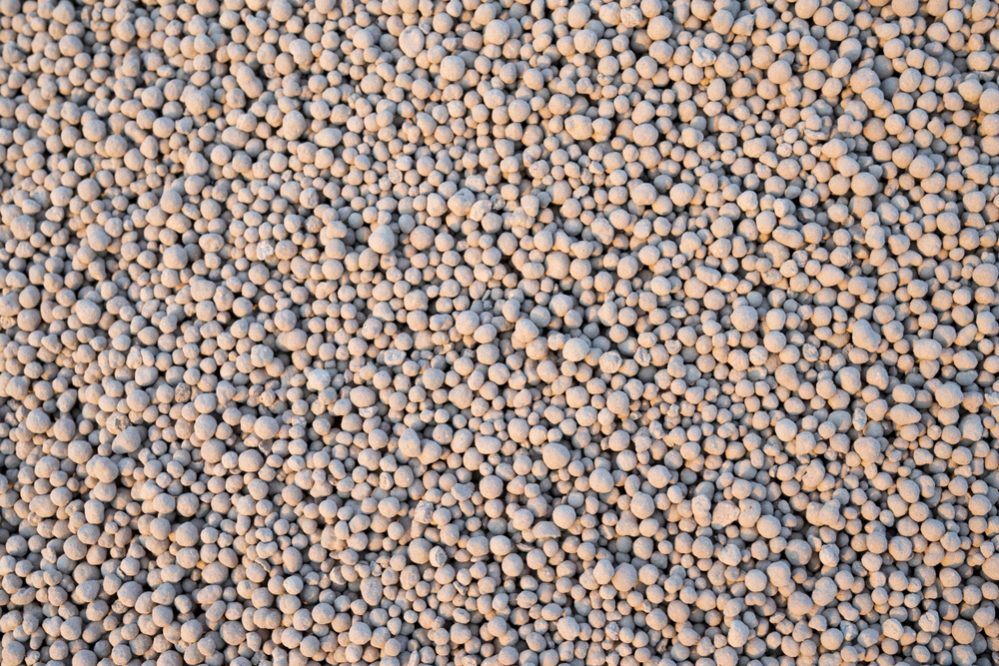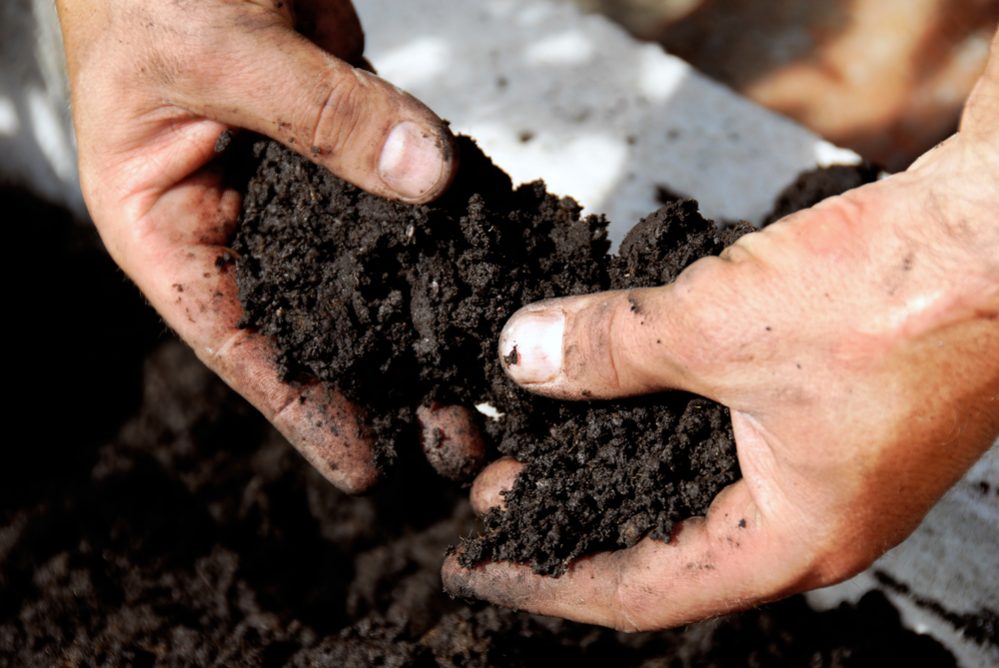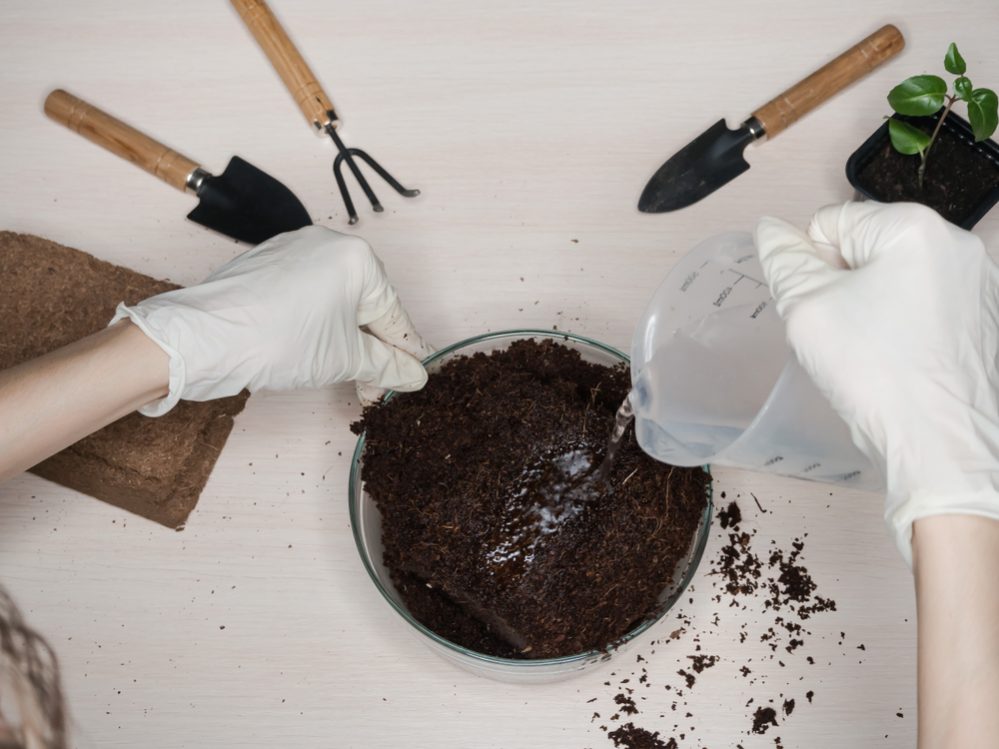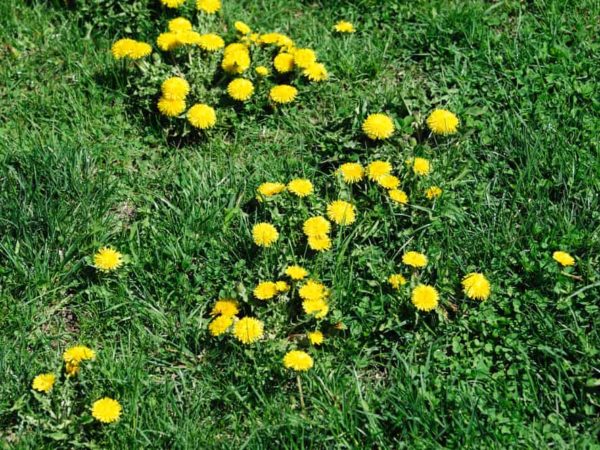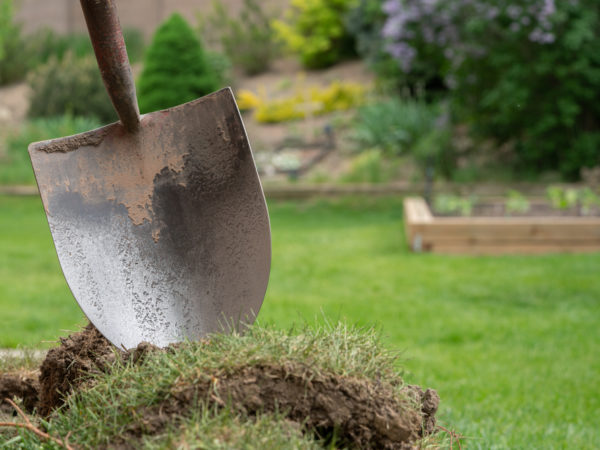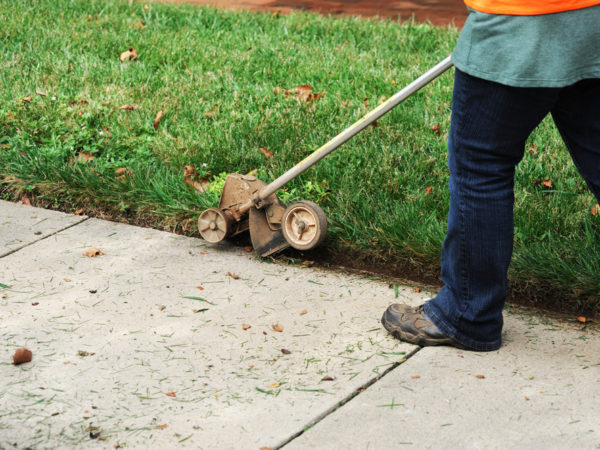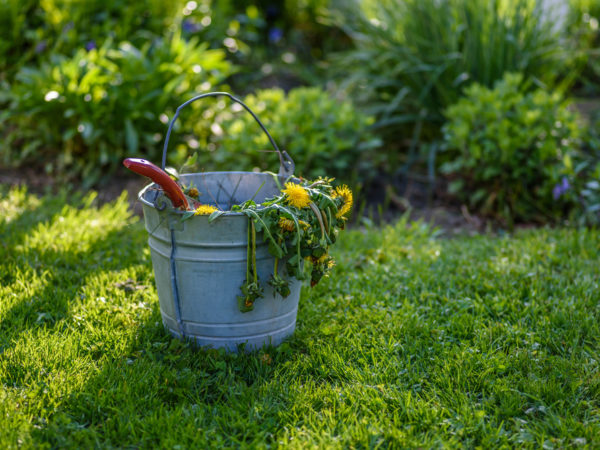Since grass in lawns throughout many parts of the US can’t get enough nutrients from the soil, adding lime to your yard is sometimes more crucial than mowing it.
Therefore, you should know why to use lime, how it can help your grass to grow dense and healthy, and the ways your lawn can reach its full potential. Let’s’ explore together how to tell if your lawn needs lime.
Table of Contents
What is Really About
Basically, the lawn’s soil is often naturally acidic. Sometimes it can become acidic over time due to natural leaching. The reasons are various, but the most important is excessive use of nitrogen lawn fertilizers, excessive rainfall, too acidic water sources, and aggressive irrigation.
When the pH of your soil becomes too low, the microbial activity will be hugely affected. Consequently, the nutrients won’t be available to your grass correctly. That is the moment for a lime treatment. The point is to help your soil to reach adequate balance by changing the pH.
After adding lime, pH will gain an ideal value (between 6.2 and 7.0) for the lawn, and the level of necessary nutrients will be brought back no matter how many of them have been lost so far. Also, it will help your grass to recover, overcome any damage, and support it to become green and lush again.
Unfortunately, be prepared that the process of recovering can last for months since the pH can’t change significantly overnight. If you start with treatment in the fall, you can expect the beautiful lawn in spring. The worst time for this action is period with snowfall in winter or too hot days throughout summer.
What Is Lime?
In short, lime is a soil amendment derived from burnt limestone, an abundant sedimentary rock made of calcium, magnesium carbonate, and/or dolomite (CaCO3 + MgCO3). After added to the soil, lime increases its pH and makes it more alkaline by reducing its acidity.
Even though lime is rich in calcium and magnesium, nutrients essential for healthy growth of your grass, keep in mind that you can’t use it as a substitute for fertilizer. Its primary purpose is to modify the pH of your soil, offset its acidity, and consequently increase the availability of essential nutrients.
Types of Lime
You should know that there are two basic types of lime you can apply to your lawn. Both of them will increase the pH level of the soil in your yard, but their chemical compositions are different.
- Dolomitic limestone – It will add magnesium to the soil of your lawn.
- Calcitic limestone – Mostly made up of calcium carbonate, it will enrich your lawn with calcium. Products for lime treatment available on the market can be in different forms. You can purchase pelletized, granular, hydrated, or pulverized lime depending on your preferences and needs.
- Pelletized and granular forms – Their advantage is that they are easy to spread across your lawn while you walk behind string trimmer.
- Pulverized form – It is the fast-acting, fine powder lime excellent for grass, but problematic for spreaders since it often clogs them.
- Hydrated form – It is excellent, fast-acting lime, but you can be careful because it can quickly overdose the soil.
Since these products work more effectively when applying as deep into the soil as possible, you should add them along with core aeration and fall watering.
The Ways to Check If Your Lawn Needs Lime
In many regions in the US, you can face too acidic soil. Therefore, if you live in one of them, you should check the ground in your yard from time to time after mowing it with your electric cordless lawn mower. Many experts recommend testing every two to three years.
The soil test is actually the measurement of the soil pH, as well as checking the level of potassium, phosphorus, and micronutrients in it. The soil pH is definitely the primary number to look. If it is OK, the other measurements are relevant only if the level of one of the elements is abnormally low.
Soil pH will show you the level of acidity or alkalinity of your land. Since you know that the pH 7 is neutral, you can determine your soil as alkaline if the pH is above 7 or acidic if it is below 7.
The level of the pH your grass can tolerate is quite wide (between 5.5 and 7.5), but an ideal value is approximately 6.5. Only when the pH is in that range, necessary nutrients from the soil are available to your grass.
How to tell if the soil of your lawn needs lime is actually not too hard. I will list some of the sure signs when the pH of your soil is too low:
- Weakened lawn – You have spotted that your yard is too depleted and that your grass grows slowly.
- The color of the grass – Your grass is not green anymore but has become yellow.
- The appearance of weeds – Weeds and moss, which excellently thrive in the acidic soil, appear everywhere.
- Tolerating drought – It is not hard to notice reduced ability of your grass to recover during hot days and regain its vigor after drought stress.
- Fertilizer has no expected effect – Even used fertilizer is inefficient since it is unable to work in the acidic environment.
- Pests and diseases – You can notice increasing of common insect pests and diseases.
- The pH level – The soil test shows that the pH level is below 6.2.
The Soil Testing
Since some types of the soil are naturally acidic, you should check the kind of ground in your yard before establishing your lawn, and start with lime treatment on time.
In most States, the Extension Service offers soil testing, and you just need to check your soil in testing labs in your area. After finding that your lawn needs lime, add it in fall since alternating freezing and thawing of the ground during winter will help penetration of lime into lower parts of the land.
For the soil with the pH below 5.5, you will need up to 50 pounds (23 kg) of lime per 1,000 square feet (93 m2) of the lawn per year. You need to add it over several years to reach desirable results. If you have a large yard, it is a better option to use granulated lime since it is easiest to spread.
Conclusion
It is the fact that not every soil needs lime treatment and you need to know how to tell if the soil of your lawn needs lime. Once you have become aware of the pH needs of the ground in your yard, you can quickly purchase an adequate type of lime and start with treatment. Be persistent, and you will notice how your lawn is progressing and recovering over time.
Don’t forget to pin it!

